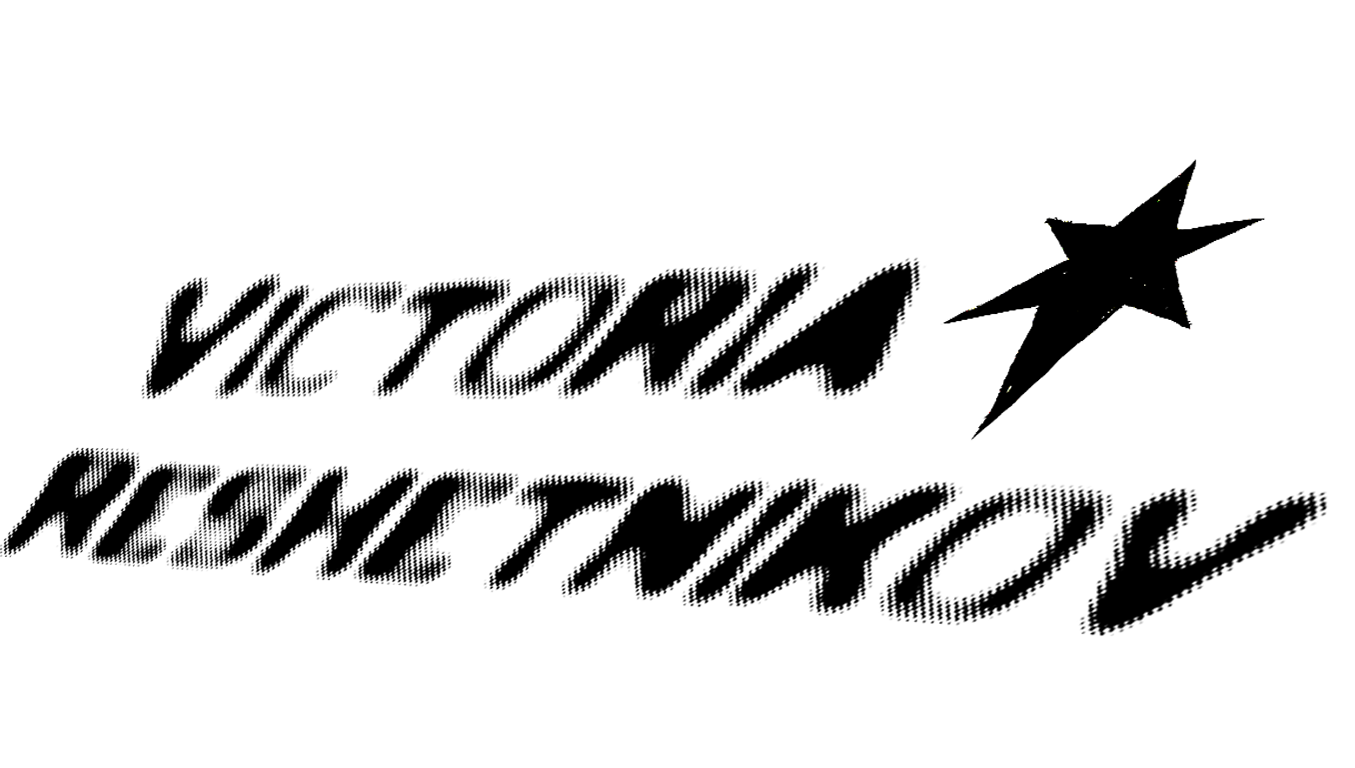About
Victoria Reshetnikov (b. 2002, Queens, NY) is a first-generation Russian-American and New York-based artist working through interdisciplinary methods of making and research that center design, architecture, and miniature in relation to New York City. She graduated from Columbia University with Bachelor's degrees in Art History and Visual Arts in 2024, and has recently completed a research project on the 1964-65 New York World's Fair and completed their first book "Queens: Your Time is Infinite." She recently completed the Keyholder Residency at the Lower East Side Printshop. Her work has been featured by the Journal of Art Criticism, Field Projects, and Ratrock Magazine, and has been exhibited in select group shows in New York City, including at Living Skin, A Space, NYC Culture Club, and Moshava Gallery. She is currently Director of Operations of IMPULSE Magazine.
Contact: vilinda789@gmail.com
Artist's Statement
The world we are looking at is no longer just a set of “real” experiences. In a post-internet framework, perception is skewed, warped, and reconstructed. The origin of my interdisciplinary practice is this perception of reality, time, and memory. My practice necessitates interweaving a wide set of making practices: I capture, screenprint, draw, 3D print, draft, lasercut, file, embroider, and etch. The highly specific images I collect from packaging, labels, floor tiles, dollar stores, photo albums, mall parking lots, and street signs become a visual vocabulary. I will manipulate this photography digitally, reentering my archive into the world through printmaking, a medium that exists at the boundary of the mechanical and handmade. My work acts as a window, a perception plane existing between the real and digital, along boundaries of private and public space. It merges the past and present, queerifying memory into the heaviness of one, handmade object. I do not make images, necessarily, to be reasoned with. More and more, I am considering my practice as simply a side effect of looking.
